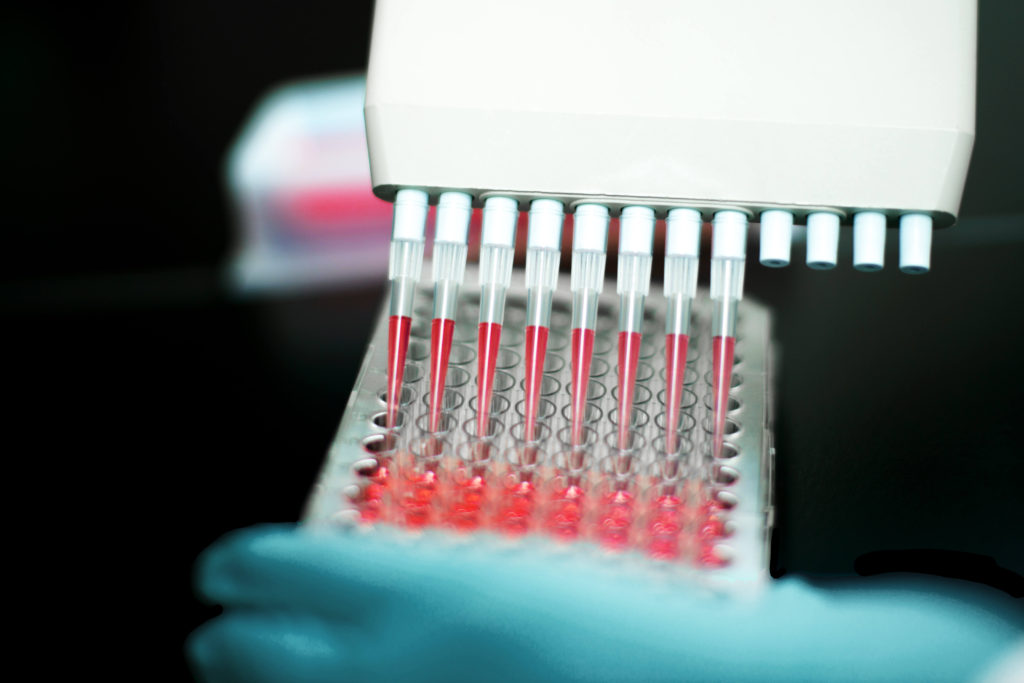Assays Used to Screen Clones During Cell Line Development
Introduction
Cell line development is a crucial step in biopharmaceutical manufacturing, enabling the production of biologics such as monoclonal antibodies, vaccines, and recombinant proteins. One of the key milestones in this process is the selection of high-producing cell clones. To accomplish this, various assays are employed to assess the productivity, stability, and quality of individual clones. In this blog post, we will delve into some of the assays commonly used to screen clones during cell line development.

1. Cell Count and Viability Assays
Cell Count Assay: One of the initial steps in clone screening is to assess the growth rate and viability of the clones. This can be done using simple cell count assays, where the number of live cells is quantified. Specifically, common methods include the hemocytometer or automated cell counters.
Viability Assay: The viability of the cells is assessed using assays like Trypan Blue exclusion or dye-based assays using fluorescent probes. Viability data are crucial for evaluating the overall health of the cell lines.
2. Productivity Assays
ELISA (Enzyme-Linked Immunosorbent Assay): ELISA is a widely used assay for measuring the quantity of the product of interest secreted into the culture medium. Specific antibodies are used to capture and detect the target molecule, providing a quantitative measure of productivity.
Luminex Assay: Luminex assays enable the simultaneous quantification of multiple analytes in a single sample. This is particularly useful when characterizing clones producing multiple proteins or when assessing the presence of impurities.
3. Stability Assays
Clone Stability Assay: Over time, cell lines can undergo genetic changes that affect productivity and product quality. Clone stability assays assess the long-term stability of the selected clones by monitoring cell growth, productivity, and product quality over multiple passages.
4. Quality Assays
Product Quality Assays: To ensure that the produced biologic meets quality specifications, various quality assays are performed. These may include tests for protein glycosylation, charge variants, aggregation, and post-translational modifications.
5. Genetic Characterization Assays
PCR (Polymerase Chain Reaction): Genetic characterization is essential to confirm the clonality of the selected cell lines. PCR can be used to assess the presence of the target gene, determine its integration site, and check for any rearrangements or mutations.
Karyotyping: Karyotyping is a technique used to evaluate the chromosomal integrity of cell lines. It helps detect chromosomal abnormalities that may affect clone stability.
6. Host Cell Protein (HCP) Assays
HCP ELISA: Host cell proteins are impurities that can co-purify with the target protein. HCP ELISA assays are employed to measure the levels of host cell proteins in the final product to ensure they are within acceptable limits.
Conclusion
Screening and selecting the right cell clones during cell line development is a critical step in biopharmaceutical manufacturing. The assays mentioned above are indispensable tools for evaluating cell growth, productivity, stability, quality, and genetic characteristics. Therefore, employing a combination of these assays helps ensure that the chosen clones are capable of consistently producing high-quality biologics for therapeutic use.
Finally, remember that specific assays may vary depending on the nature of the biologic, the cell line, and the regulatory requirements. Continuous advancements in biotechnology are also leading to the development of more sensitive and high-throughput assays, further improving the efficiency and reliability of cell line development processes. Contact us to discuss our services.
